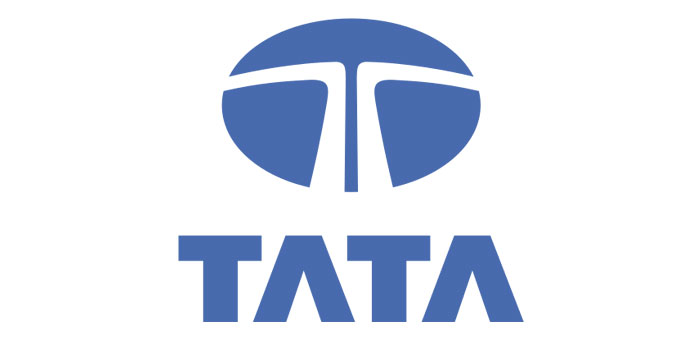|
|
Indian stocks climbed, putting the benchmark index on course for the biggest monthly gain since November. Automakers rose after their earnings beat estimates and ahead of a government that may show economic expansion.
The S&P BSE Sensex added 0.3% to 20,215.40 at the close in Mumbai, reversing an intraday loss of 0.4%, with most of the gains coming in the last half-hour of trade.
The gauge is headed for a 3.7% advance this month, the most since the 4.5% climb in November. Tata Motors and Mahindra & Mahindra rallied more than 4% each after reporting fourth-quarter profit that beat estimates. ITC jumped 3.4%, the biggest boost to the Sensex.
Net income at just eight of the 30 companies in the Sensex have missed forecasts for the March quarter, compared with 43% in the three months ended December 31, according to data compiled by Bloomberg. The Sensex has risen 4.1% this year, reaching the highest level in more than two years on May 17, as monetary easing by global central banks increased flows to emerging markets.
“We have seen the worst of the earning cycle downgrade,” Adrian Mowat, chief Asian and emerging-market strategist at JPMorgan Chase & Co, told Bloomberg TV India yesterday. “It’s pretty typical for markets to turn three-to-six months before earnings downgrades turn.”
Mahindra & Mahindra jumped 4.5% to Rs1,004.65, a record. India’s largest maker of sport-utility vehicles and tractors said net income, excluding units, increased to Rs8.89bn ($158mn) in the three months ended March from Rs8.74bn. That surpassed the Rs7.6bn median of 39 analysts’ estimates compiled by Bloomberg.
Tata Motors, India’s biggest automaker, surged 4.4% to Rs317.05, its steepest climb since November 29. Fourth-quarter profit fell 37% to Rs39.5bn, beating the 26.7bn median of 41 estimates. Earnings were announced on Wednesday after trading ended.
A government report today may show the nation’s gross domestic product rose 4.8% in the three months through March, according to the median estimate of 33 economists polled by Bloomberg. GDP expanded 4.5% in the previous quarter, the slowest pace since 2009.
The Reserve Bank of India on May 3 cut the repurchase rate for a third time this year, extending the only reduction in borrowing costs this year in the Bric group of the largest emerging economies. Governor Duvvuri Subbarao said May 14 the latest data showing inflation eased to a 41-month low in April will be factored into the next review scheduled for June 17.
“We had a period of time where Indian growth was poor and inflation was high, and now that poor growth is translating into less inflation the central bank has a lot of flexibility to cut rates,” JPMorgan’s Mowat said. “We’re entering a sweet spot.”
ITC, India’s largest cigarette company which has the highest weighting on the Sensex, surged 3.4% to Rs354.3. Housing Development Finance Corp, the nation’s biggest mortgage lender, increased 1.7% to Rs926.25.
Overseas investors bought $173mn of local stocks on May 29, taking this year’s inflows to $14.9bn, a record for the period and the most after Japan among 10 Asian markets tracked by Bloomberg.
The Sensex is valued at 13.9 times projected 12-month profits, compared with the MSCI Emerging Markets Index’s 10.3 times. Volume on the measure was 2.7% lower than the 30- day average. The 50-stock CNX Nifty Index on the National Stock Exchange of India added 0.3% to 6,124.05. Its May futures settled at 6,124.05. India VIX, which gauges the cost of protection against losses in the Nifty, sank 10%.
Meanwhile, India’s rupee fell to a 10-month low, reversing gains, after central bank Governor Duvvuri Subbarao said the nation’s balance of payments is under stress.
The shortfall in the current account, the broadest measure of trade, probably widened to a record of around 5% of gross domestic product, Subbarao said in Ahmedabad yesterday, adding it is a challenge to attract stable capital flows.
The rupee had strengthened as much as 0.2% earlier as some investors judged its drop over the last three days to be excessive. The 14-day relative strength index is 80.76, still above the 70 threshold that suggests the rupee may advance.
“In case the domestic currency nears record lows yet again, the authorities will need to step in,” Radhika Rao, an economist at DBS Bank in Singapore, wrote in a research report yesterday. The scale of intervention will be constrained by falling currency reserves and a consequent weakening ability to finance short-term external debt, she wrote.
The rupee declined 0.4% to 56.3750 per dollar in Mumbai, according to data compiled by Bloomberg. It touched 56.4350 earlier, matching the weakest level since July 25, and dropped 4.6% this month. The currency plunged to a record 57.3275 in June last year. One-month implied volatility, a gauge of expected moves in the exchange rate used to price options, fell 10 basis points, or 0.10 percentage point, to 8.88%.
India’s foreign-currency reserves dropped to $292bn as of May 17 from an all-time high of $321bn in 2011, official data show.
Three-month onshore rupee forwards traded at 57.16 per dollar, compared with 57.14 Wednesday, according to data compiled by Bloomberg. Offshore non-deliverable contracts were at 57.17 versus 57.13. Forwards are agreements to buy or sell assets at a set price and date. Non-deliverable contracts are settled in dollars.

